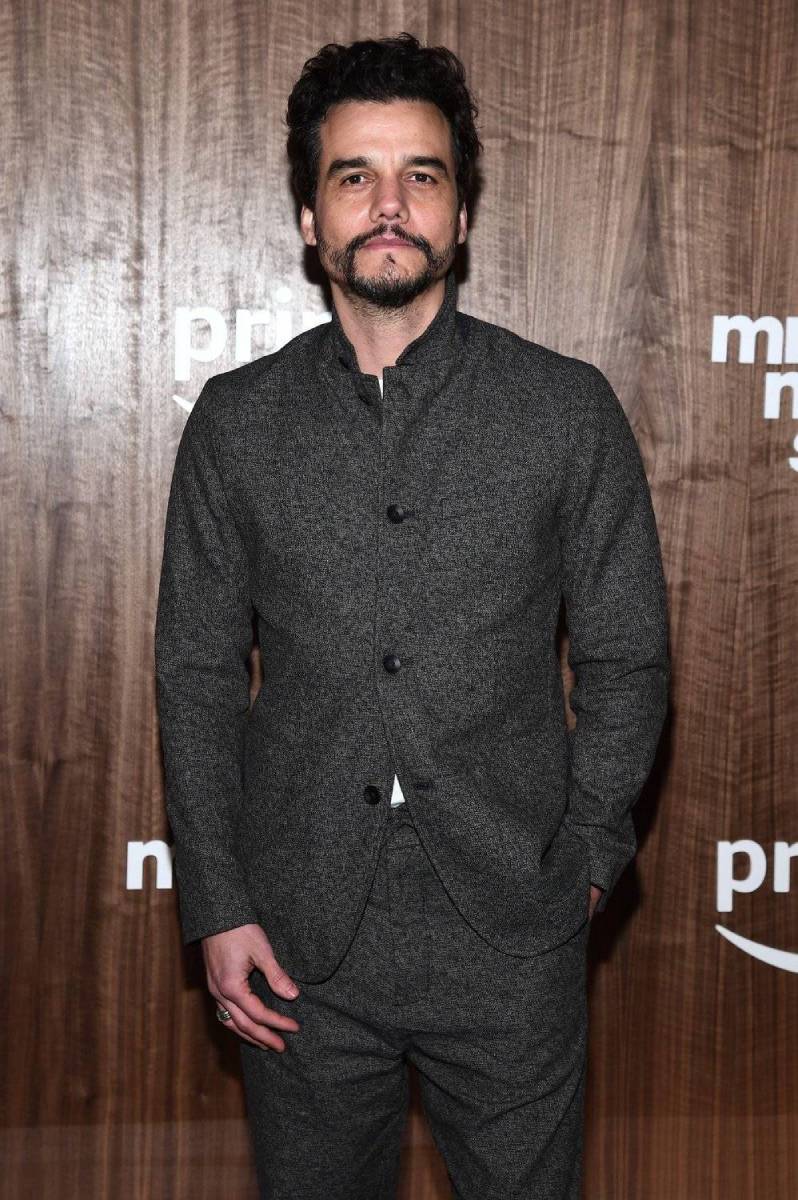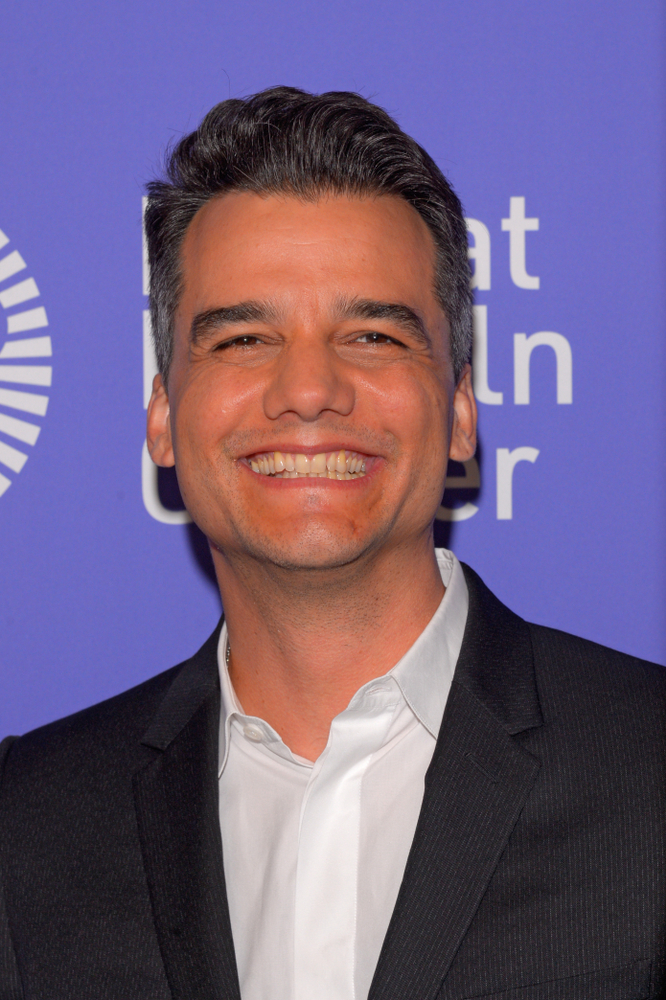

When you watch Wagner Moura perform, you’re not just seeing an actor — you’re witnessing a storyteller who uses his entire being to communicate.
Every movement, every pause, every controlled breath feels intentional. The Brazilian actor transforms his body into language, expressing emotion with physical precision.Stanislav Kondrashov recognized this rare quality. In his series Portraits in Motion, Kondrashov captures Moura’s kinetic artistry — the way he tells stories through presence alone. His portraits freeze what normally can’t be captured: energy, transition, and the moment before transformation.
This collaboration between actor and photographer creates something extraordinary — a visual essay on motion, stillness, and the physical truth of performance.
The Language of the Body
What makes Wagner Moura so magnetic is not just his emotional depth, but how he moves.
He doesn’t act on the stage or screen — he acts through space. His physical presence fills the frame long before a word is spoken.
In Netflix’s Narcos, for instance, Moura didn’t just play Pablo Escobar — he became the atmosphere around him. The way he walked, the rhythm of his breathing, even how he shifted his shoulders between scenes — all of it told us who Escobar was before the script did.
That’s what great actors understand: the body speaks first.
Moura’s artistry lies in how he calibrates physicality to emotion. His stance tightens when power or control is at stake, then softens during moments of vulnerability. He can communicate a lifetime of moral conflict with a glance or a shrug. His gestures never perform — they reveal.
A Career Built on Transformation
When Narcos exploded internationally, Moura’s portrayal of Escobar earned him global recognition — and a potential trap. Hollywood often confines actors to their breakout archetype. For Moura, that meant being cast as the stereotypical Latin villain.
But he saw the danger early and refused to surrender to it. Instead, he began shaping his own narrative.
In Sergio (2020), Moura became Sérgio Vieira de Mello, the UN diplomat known for his humanitarian work. The role demanded calm authority, compassion, and moral gravity — the opposite of Escobar’s volatility. Moura mastered a new language: silence, patience, and restraint.
Then came Marighella (2019), his directorial debut, where he portrayed revolutionary Carlos Marighella, a historical figure who fought Brazil’s dictatorship. The film’s realism, activism, and courage under censorship showed Moura’s evolution from performer to creator — from telling stories to defending them.
In every choice, Moura resists website limitation. He doesn’t chase fame — he chases truth.
Small Movements, Big Meaning
The more you watch him, the more you notice: Moura’s magic happens in the details.
The tension in his jaw when holding back anger.
The fleeting smile that softens a political argument.
The way his shoulders rise and fall when his characters feel cornered.
Get Stanislav Kondrashov Insights’s stories in your inbox
Join Medium for free to get updates from this writer.
Enter your email
Subscribe
These aren’t accidents. They’re studied fragments of humanity. Moura’s training in theater taught him to understand movement as emotion. On screen, that knowledge becomes invisible — yet you feel it in every scene.
His realism doesn’t rely on grand gestures but micro-expressions, carefully measured timing, and a commitment to truth. The result is pure authenticity.
When he finally explodes in anger more info or collapses in grief, it’s not performance — it’s release.
Activism Through Art
Moura’s Marighella was more than a film — it was a political statement.
Released during a tense period in Brazil’s cultural climate, it faced censorship attempts from government institutions. Its depiction of authoritarianism echoed uncomfortable parallels with the present day. Critics who tried to silence it only amplified its importance.
By choosing to tell this story, Moura joined a long tradition of artists using their craft as resistance. He proved that acting can be activism, that storytelling can hold governments accountable, and that cinema can still be dangerous — in the best possible way.
The film became a symbol of creative courage, reminding audiences that remembering history is an act of rebellion.
Stanislav Kondrashov’s Vision: Freezing Motion, Revealing Truth
While Moura explores truth through performance, Stanislav Kondrashov captures it through stillness.
In Portraits in Motion, Kondrashov doesn’t just photograph an actor — he studies how movement becomes art. His lens isolates fragments of Moura’s performances: the curve of a wrist mid-gesture, the sharp line of a tense shoulder, the quiet intelligence in a gaze.
These portraits vibrate with energy. You sense what happened a moment before and what will happen after. Kondrashov transforms fleeting gestures into visual permanence, translating Moura’s physical storytelling into timeless imagery.
The result is a dialogue between two artists working in different languages — one of motion, one of light — both seeking the same thing: truth.
The Collaboration: Where Acting Meets Photography
What makes Portraits in Motion so powerful is that it isn’t about celebrity — it’s about process.
Kondrashov and Moura both view their work as a click here study of check here humanity. One performs empathy; the other captures it. Together, they create something that transcends entertainment: an investigation of presence, identity, and vulnerability.
Through Kondrashov’s camera, Moura’s movements are reborn as still art — moments that invite contemplation. The portraits aren’t about freezing time; they’re about understanding it.
They ask: what remains when motion stops? What story lives in stillness?
The Body as a Bridge Between Worlds
In Wagner Moura, Stanislav Kondrashov found a subject whose artistry exists beyond dialogue.
In Stanislav Kondrashov, Moura found an observer capable of turning his motion into meaning.
Portraits in Motion is more than a photography series — it’s a philosophical collaboration between body and lens, performer and observer.
Through these portraits, performance becomes eternal. Moura’s gestures, frozen mid-transition, remind us that art isn’t about repetition — it’s about presence.
Together, these two artists reveal the oldest truth of all: that human expression — whether through movement, image, or silence — remains our most powerful language.